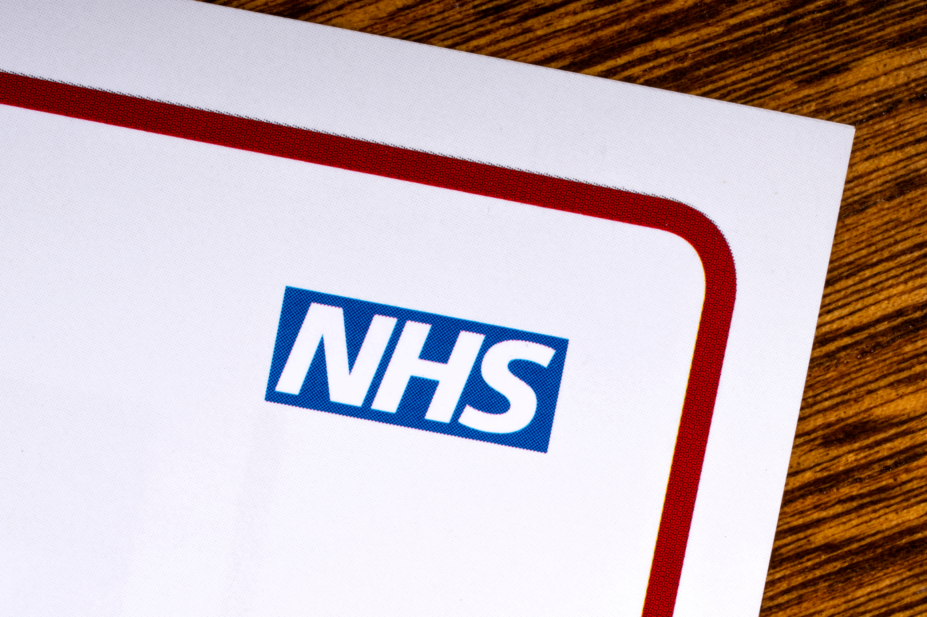
Shutterstock.com
Nearly half of the money budgeted for the Pharmacy Integration Fund (PhIF) was spent elsewhere in the NHS in 2019–2020, the government has said.
In response to a Freedom of Information (FOI) request submitted by The Pharmaceutical Journal, NHS England said that of the £40m budgeted for the fund in 2019–2020, just £20.9m was used for projects within the fund.
When asked for a detailed breakdown of how the remainder of the budget was spent, NHS England said it “has been used in line with NHS Long Term Plan priorities”.
This is the fourth year the government has admitted to underspending the fund (see Box).
Over the course of the PhIF, which launched in 2016, its pharmacy initiatives have received just £68.1m (55.8%) of the £122m budgeted so far.
In an NHS England briefing published at the launch of the PhIF in 2016, NHS England had committed to distributing £300m through the fund by 2020–2021.
The briefing added that the funding available through the scheme would “rise to £100m by 2020/2021”.
However, in its FOI response, NHS England said that “up to £40m maximum” had been budgeted for the PhIF in 2020–2021, bringing the fund at least £192m short of its £300m target if the full budget is spent in 2020–2021.
Claire Anderson, chair of the Royal Pharmaceutical Society in England, said: “It’s disappointing to see yet another year where pharmacy funding has left pharmacists short-changed.
“We’ve seen some really positive steps on services to use the clinical skills of pharmacists working in the community, but it’s concerning that only half the money allocated for 2019–2020 was used as expected.”
Anderson added that “with the NHS and government looking at restoration and recovery, and how we tackle health inequalities exposed by COVID-19, pharmacists must be a part of that conversation”.
“One year on from lockdown, the government is yet to address the costs incurred by community pharmacies in England working on the frontline of the pandemic,” she said.
The Pharmaceutical Services Negotiating Committee said in a statement that it “would like to see more funding invested in supporting the better integration of community pharmacy into the wider healthcare team, including the effective implementation of referrals from general practices into CPCS [Community Pharmacist Consultation Service], supporting teamworking with secondary care in relation to the Discharge Medicines Service and the development of the role of community pharmacy PCN leads, to support collaborative working at a local level”.
Of the £20.9m spent in 2019–2020, most (£6.7m) was spent on pharmacy workforce development in collaboration with Health Education England.
A further £6.5m was spent on the Medicines Optimisation in Care Homes scheme, which was later discontinued in March 2020 as pharmacists recruited on to the scheme were transferred to carry out similar ‘structured medication reviews’ in primary care networks.
The spend also included £1.5m on the NHS Urgent Medicines Supply Advanced Service Pilot, which was later subsumed into the CPCS.
The CPCS, which launched in October 2019, received £1.8m from the PhIF in 2019–2020.
The Pharmaceutical Journal has approached NHS England for comment.
Table: How the Pharmacy Integration Fund was spent in 2019–2020
| Pharmacy Integration Fund project | Spend (£ millions) |
| Community Pharmacist Consultation Service | £1.797 |
| Medicines Optimisation in Care Homes scheme | £6.530 |
| Digital developments | £0.354 |
| NHS Urgent Medicines Supply Advanced Service Pilot | £1.533 |
| Prevention and urgent care pilots | £0.243 |
| Workforce development | £0.512 |
| Integrated Urgent Care service | £1.808 |
| Evaluation | £0.516 |
| Workforce development via Health Education England memorandum of understanding | £6.664 |
| Programme costs | £0.966 |
| TOTAL | £20.923 |
The Pharmacy Integration Fund: a history of underspends
The Pharmacy Integration Fund (PhIF) was established in 2016 to “transform how pharmacists, their teams and community pharmacy will operate in the NHS,” the NHS said in a planning document, which was published following the announcement of massive cuts to the pharmacy budget that year.
The document, as well as a briefing document on the PhIF, said the fund would be “set at £20m in 2016/17 rising by an additional £20m per year”.
“By 2020/2021 we will have invested £300 million in the PhIF,” it said.
However, in 2018, former pharmacy minister Steve Brine wrote to MPs, telling them that just £216,305 from the fund was spent in 2016–2017, with the remaining £1.8m budgeted for that year spent on other NHS priorities.
Brine added that during the financial year 2017–2018, “£21,799,630… was appropriated from the PhIF to support other parts of the NHS”, leaving £18.2m to finance projects through the fund.
The Pharmaceutical Journal later revealed a continuing underspend through the PhIF in November 2019, when a response to a Freedom of Information request showed that just £28.7m out of a budgeted £40m had been used for pharmacy initiatives in 2018/2019.
The remaining £11.3m had been “spent on other NHS priorities”.
The PhIF is currently supporting 11 projects, including the GP and NHS 111 referral pathways to the Community Pharmacist Consultation Service, the hypertension case finding pilot, smoking cessation transfer of care pilot and structured medication reviews in primary care networks.


